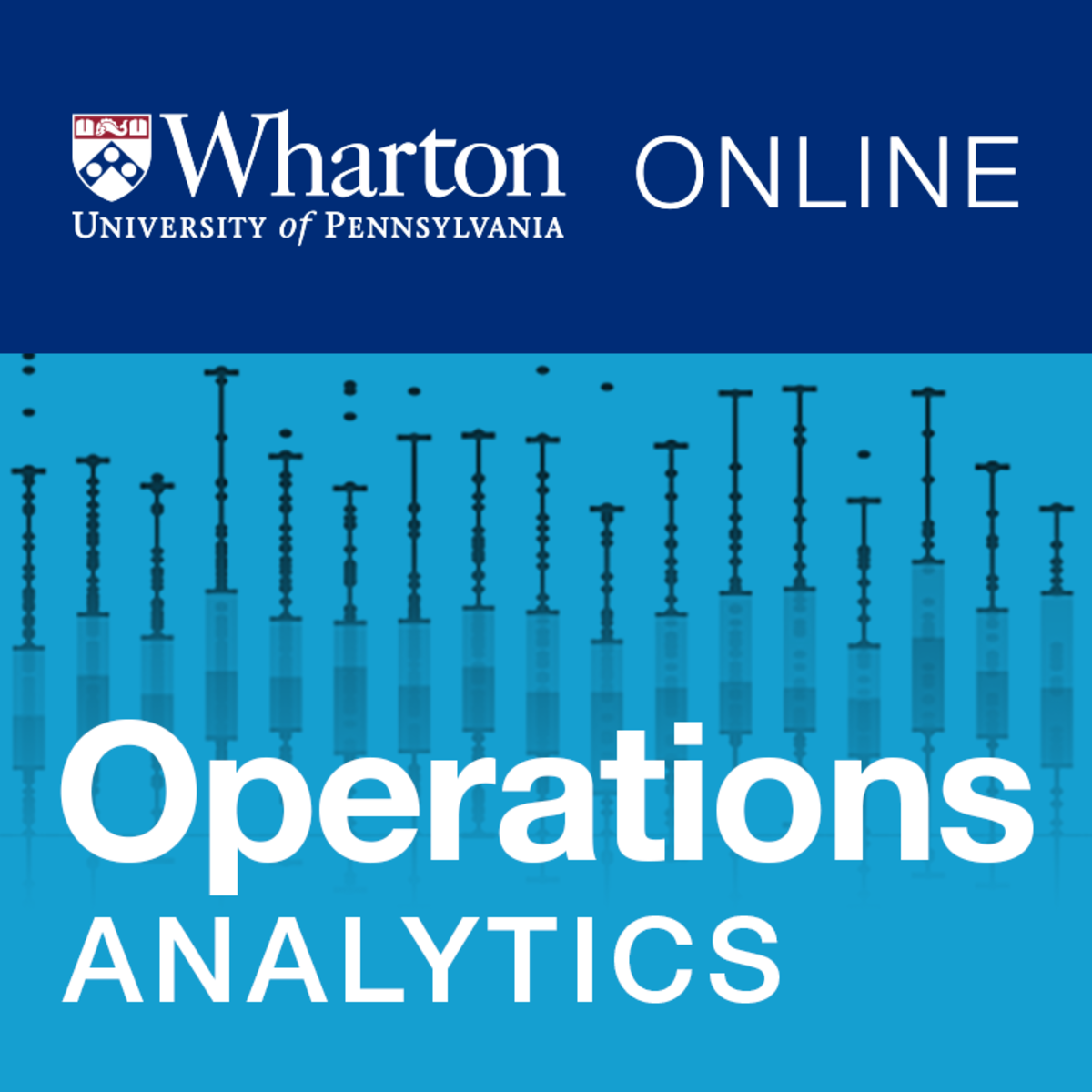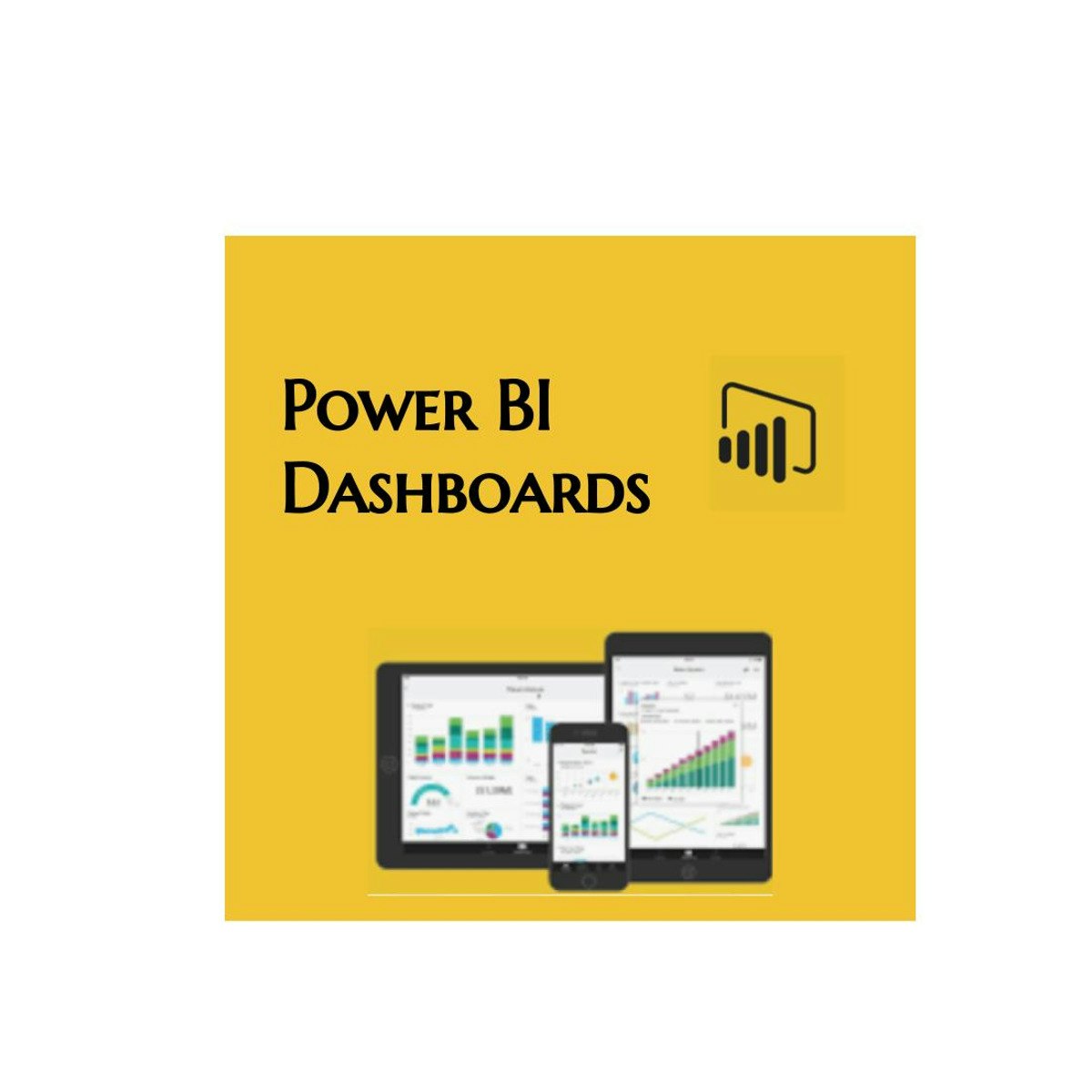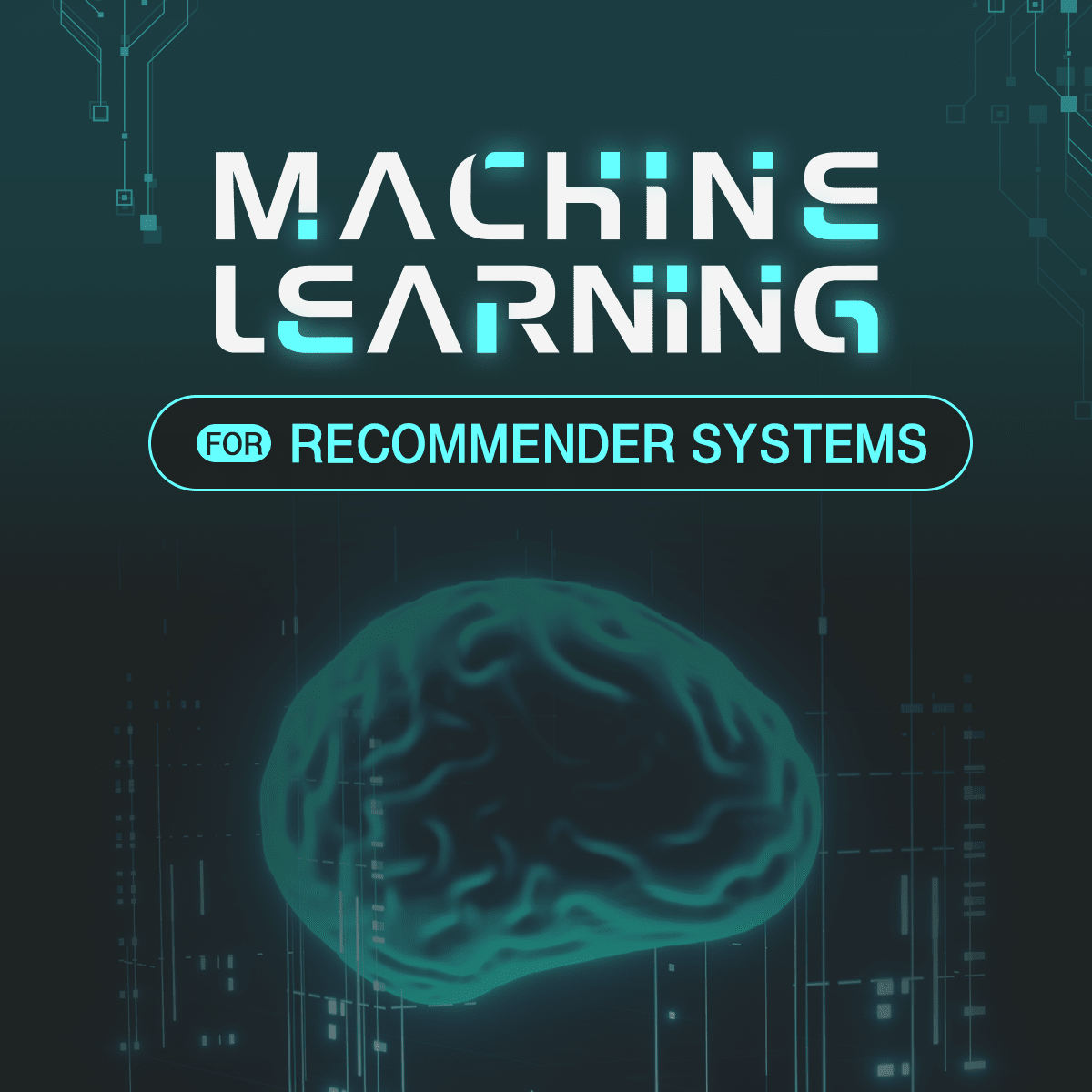Back to Courses









Data Analysis Courses - Page 20
Showing results 191-200 of 998

Web of Data
This MOOC – a joint initiative between EIT Digital, Université de Nice Sophia-Antipolis / Université Côte d'Azur, and INRIA - introduces the Linked Data standards and principles that provide the foundation of the Semantic web. You will learn how to publish, obtain and use structured data directly from the Web. Learning the principles, languages, and standards to exchange data on the Web will enable you to design and produce new applications, products, and services that leverage the volume and variety of data the Web holds.
We divided this course into four parts that cover the core technical skills and competencies you need to master to be able to use the Web as a space for giant structure data exchange:
• in the first part, “Principals of a Web of Linked Data”: you will learn and practice the principles to publish and obtain data directly on the Web instead of Web pages;
• in the second part, “The RDF Data Model”: you will learn the standard data model for the Web and its syntaxes to publish and link data on the Web in your applications and services;
• in the third part, “SPARQL Query Language”: you will learn how to directly query and access data sources on the Web and obtain structured data relevant to your activity and domain;
• in the fourth and final part, “Integration of other Data Formats and Sources”: you will learn how the Web standards interact and interoperate with other data formats to allow the integration of a variety of data sources.
Each week alternates short videos and quizzes, as well as supplementary resources and forums to gradually progress through the different principles and standards.
After following this course successfully, you will have the skills to obtain focused and structured datasets from the Web that you can then use to augment your own datasets, enrich their dimensions, feed your applications, perform data mining, machine learning, and training, data analysis, AI processing and reasoning and other data management.

Operations Analytics
This course is designed to impact the way you think about transforming data into better decisions. Recent extraordinary improvements in data-collecting technologies have changed the way firms make informed and effective business decisions. The course on operations analytics, taught by three of Wharton’s leading experts, focuses on how the data can be used to profitably match supply with demand in various business settings. In this course, you will learn how to model future demand uncertainties, how to predict the outcomes of competing policy choices and how to choose the best course of action in the face of risk. The course will introduce frameworks and ideas that provide insights into a spectrum of real-world business challenges, will teach you methods and software available for tackling these challenges quantitatively as well as the issues involved in gathering the relevant data.
This course is appropriate for beginners and business professionals with no prior analytics experience.

Cloud Filestore: Qwik Start
This is a self-paced lab that takes place in the Google Cloud console. Cloud Filestore is a managed file storage service for applications that require a filesystem interface and a shared filesystem for data. Filestore gives users a simple, native experience for standing up managed Network Attached Storage (NAS) with their Google Compute Engine and Kubernetes Engine instances.

Linear Algebra Basics
Machine learning and data science are the most popular topics of research nowadays. They are applied in all the areas of engineering and sciences. Various machine learning tools provide a data-driven solution to various real-life problems. Basic knowledge of linear algebra is necessary to develop new algorithms for machine learning and data science. In this course, you will learn about the mathematical concepts related to linear algebra, which include vector spaces, subspaces, linear span, basis, and dimension. It also covers linear transformation, rank and nullity of a linear transformation, eigenvalues, eigenvectors, and diagonalization of matrices. The concepts of singular value decomposition, inner product space, and norm of vectors and matrices further enrich the course contents.
Introduction to Business Analytics with R
Nearly every aspect of business is affected by data analytics. For businesses to capitalize on data analytics, they need leaders who understand the business analytic workflow. This course addresses the human skills gap by providing a foundational set of data processing skills that can be applied to many business settings.
In this course you will use a data analytic language, R, to efficiently prepare business data for analytic tools such as algorithms and visualizations. Cleaning, transforming, aggregating, and reshaping data is a critical, but inconspicuous step in the business analytic workflow.
As you learn how to use R to prepare data for analysis you will gain experience using RStudio, a powerful integrated development environment (IDE), that has many built-in features that simplify coding with R.
As you learn about the business analytic workflow you will also consider the interplay between business principles and data analytics. Specifically, you will explore how delegation, control, and feasibility influence the way in which data is processed. You will also be introduced to examples of business problems that can be solved with data automation and analytics, and methods for communicating data analytic results that do not require copying and pasting from one platform to another.

Build Dashboards in Power BI
In this project, you will create a Dashboard in Power BI. You will get data to bring into a model, build several reports, generate informative charts from each report, then choose powerful visuals to highlight on a Dashboard. Your new skills will help you efficiently summarize important information on a one-page dashboard with visual data.

Recommender Systems
In this course you will:
a) understand the basic concept of recommender systems. b) understand the Collaborative Filtering.
c) understand the Recommender System with Deep Learning. d) understand the Further Issues of Recommender Systems.
Please make sure that you’re comfortable programming in Python and have a basic knowledge of mathematics including matrix multiplications, conditional probability, and basic machine learning algorithms.

Data Analysis and Interpretation Capstone
The Capstone project will allow you to continue to apply and refine the data analytic techniques learned from the previous courses in the Specialization to address an important issue in society. You will use real world data to complete a project with our industry and academic partners. For example, you can work with our industry partner, DRIVENDATA, to help them solve some of the world's biggest social challenges! DRIVENDATA at www.drivendata.org, is committed to bringing cutting-edge practices in data science and crowdsourcing to some of the world's biggest social challenges and the organizations taking them on.
Or, you can work with our other industry partner, The Connection (www.theconnectioninc.org) to help them better understand recidivism risk for people on parole seeking substance use treatment. For more than 40 years, The Connection has been one of Connecticut’s leading private, nonprofit human service and community development agencies. Each month, thousands of people are assisted by The Connection’s diverse behavioral health, family support and community justice programs. The Connection’s Institute for Innovative Practice was created in 2010 to bridge the gap between researchers and practitioners in the behavioral health and criminal justice fields with the goal of developing maximally effective, evidence-based treatment programs.
A major component of the Capstone project is for you to be able to choose the information from your analyses that best conveys results and implications, and to tell a compelling story with this information. By the end of the course, you will have a professional quality report of your findings that can be shown to colleagues and potential employers to demonstrate the skills you learned by completing the Specialization.

Data Analysis and Presentation Skills: the PwC Approach Final Project
In this Capstone Project, you'll bring together all the new skills and insights you've learned through the four courses. You'll be given a 'mock' client problem and a data set. You'll need to analyze the data to gain business insights, research the client's domain area, and create recommendations. You'll then need to visualize the data in a client-facing presentation. You'll bring it all together in a recorded video presentation.
This course was created by PricewaterhouseCoopers LLP with an address at 300 Madison Avenue, New York, New York, 10017.

Empathy, Data, and Risk
Risk Management and Innovation develops your ability to conduct empathy-driven and data-driven analysis in the domain of risk management. This course introduces empathy as a professional competency. It explains the psychological processes that inhibit empathy-building and the processes that determine how organizational stakeholders respond to risk. The course guides you through techniques to gather risk information by understanding a stakeholder’s thoughts, feelings, and goals. These techniques include interviewing, brainstorming, and empathy mapping. The course concludes by using this risk information to enrich data analysis. You will learn basic data visualization concepts in Tableau and use these concepts to explore and explain data. Throughout these analyses, the course challenges you to identify risks by focusing on unmet stakeholder needs.
Popular Internships and Jobs by Categories
Find Jobs & Internships
Browse
© 2024 BoostGrad | All rights reserved